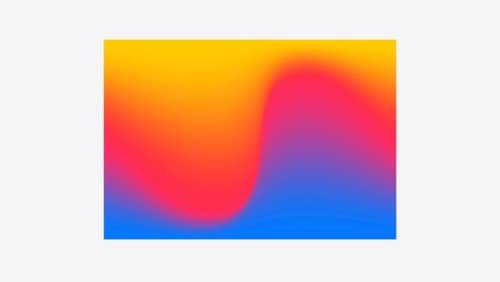How customisable is scroll view in SwiftUI
Asked on 2024-08-03
1 search
Scroll views in SwiftUI are highly customizable, offering a range of modifiers and capabilities to create unique and engaging user experiences. Here are some of the key features and customizations available:
-
Scroll Transitions: SwiftUI's scroll transition modifier allows you to create custom scroll effects. For example, you can change the rotation and offset of elements based on their position in the scroll view, enabling effects like a circular carousel or parallax scrolling. This can be used to manipulate content in various ways, such as rotating images or fading out text captions (Create custom visual effects with SwiftUI).
-
On Scroll Visibility Change: You can use the
onScrollVisibilityChangemodifier to detect when a view's visibility changes due to scrolling. This allows you to create experiences centered around content moving on or off screen, such as auto-playing videos or changing the background image when the header section scrolls off screen (Migrate your TVML app to SwiftUI). -
Scroll Target Behavior: You can set the scroll target behavior to be view-aligned, which helps make transitions more definite and smooth (Migrate your TVML app to SwiftUI).
-
Programmatic Control: SwiftUI provides more programmatic control over scroll views, including the ability to programmatically scroll to specific positions, turn off bouncing along a given axis, and stop scrolling programmatically. You can also control content alignment and more (What’s new in SwiftUI).
-
Geometry Change Observations: The
onGeometryChangeAPI allows you to observe changes in the scroll view's geometry, such as content offsets and sizes. This can be used to dynamically adjust the content based on the scroll position (Get started with HealthKit in visionOS). -
Custom Layouts and Effects: SwiftUI also supports creating completely custom layouts and applying custom effects, such as using metal shaders for advanced graphics or creating unique control styles (SwiftUI essentials).
These features make SwiftUI's scroll views highly flexible and powerful, enabling developers to create sophisticated and visually appealing scrolling experiences.

What’s new in SwiftUI
Learn how you can use SwiftUI to build great apps for any Apple platform. Explore a fresh new look and feel for tabs and documents on iPadOS. Improve your window management with new windowing APIs, and gain more control over immersive spaces and volumes in your visionOS apps. We’ll also take you through other exciting refinements that help you make expressive charts, customize and layout text, and so much more.

SwiftUI essentials
Join us on a tour of SwiftUI, Apple’s declarative user interface framework. Learn essential concepts for building apps in SwiftUI, like views, state variables, and layout. Discover the breadth of APIs for building fully featured experiences and crafting unique custom components. Whether you’re brand new to SwiftUI or an experienced developer, you’ll learn how to take advantage of what SwiftUI has to offer when building great apps.

Create custom visual effects with SwiftUI
Discover how to create stunning visual effects in SwiftUI. Learn to build unique scroll effects, rich color treatments, and custom transitions. We’ll also explore advanced graphic effects using Metal shaders and custom text rendering.
